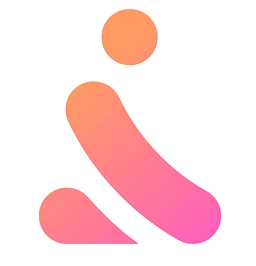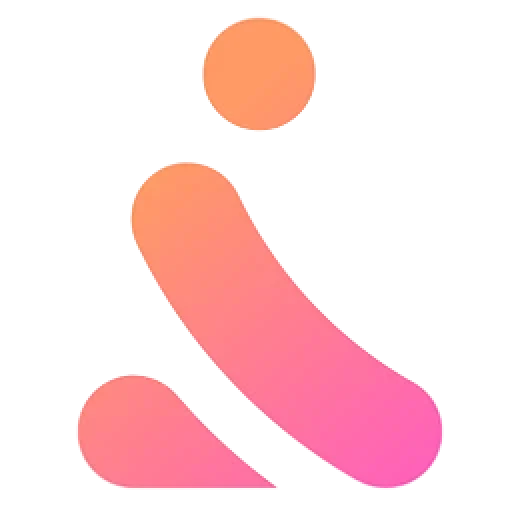The Art of Counting Every Prostration
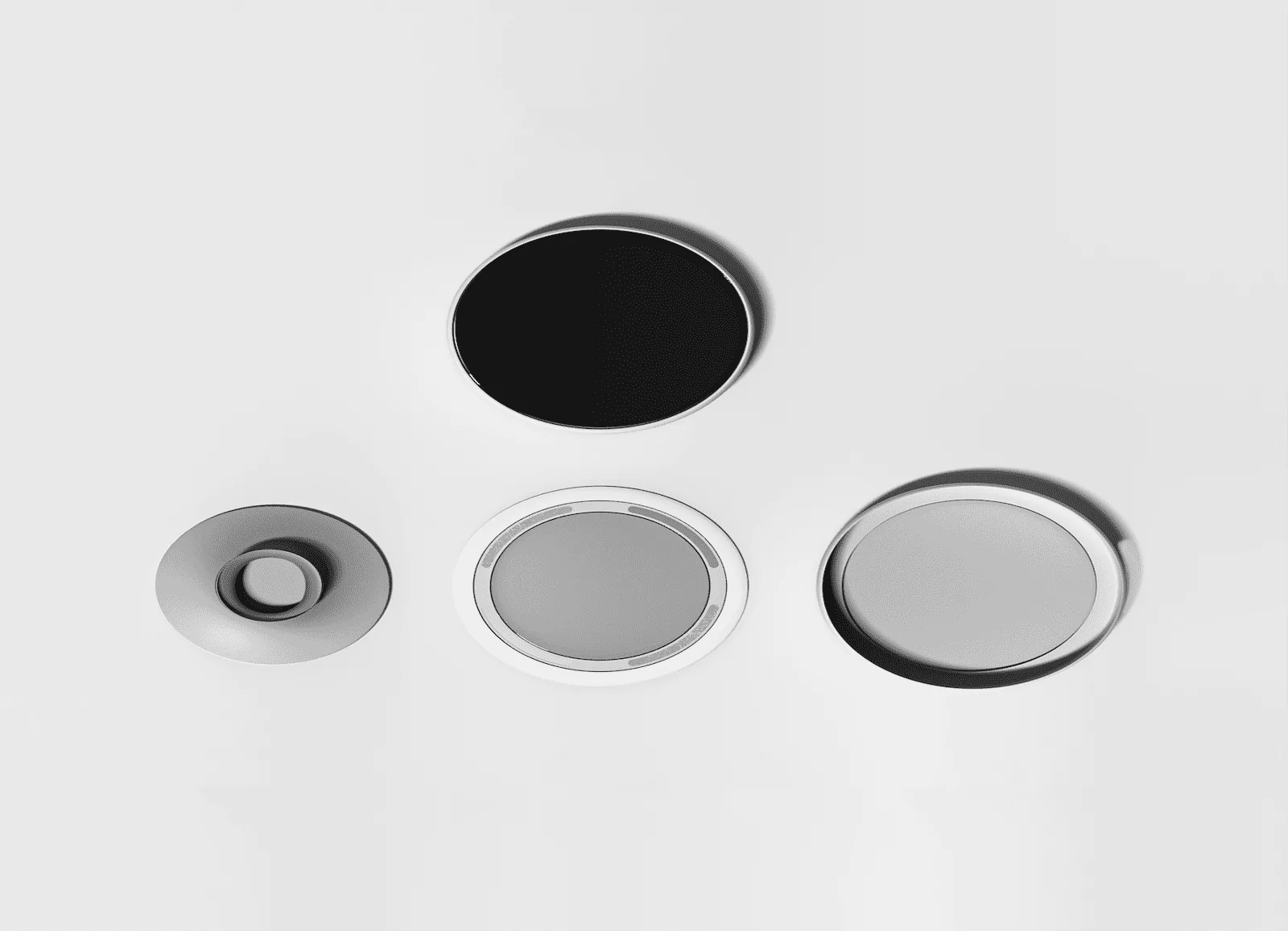
Pressure Sensors
The heart of our innovation lies in the use of sophisticated pressure sensors, strategically placed where the believer prostrates. These sensors are designed to accurately detect contact during prostrations. Thanks to their exceptional sensitivity and responsiveness, these sensors count the exact number of prostrations performed by a person praying while standing.
For seamless integration, these sensors have been carefully inserted into the fabric of the rug, so as not to alter its comfort or traditional appearance.
Motion Sensors
Recognizing the diversity of prayer practices, our rug is equipped with motion sensors near the screen. These sensors are essential for people who, due to health or mobility reasons, pray while seated. They detect the subtle movements associated with seated prostrations and record each rakah.
This technology ensures that all believers, regardless of their abilities, can benefit from the automatic counting feature, allowing them to fully concentrate on their spirituality.
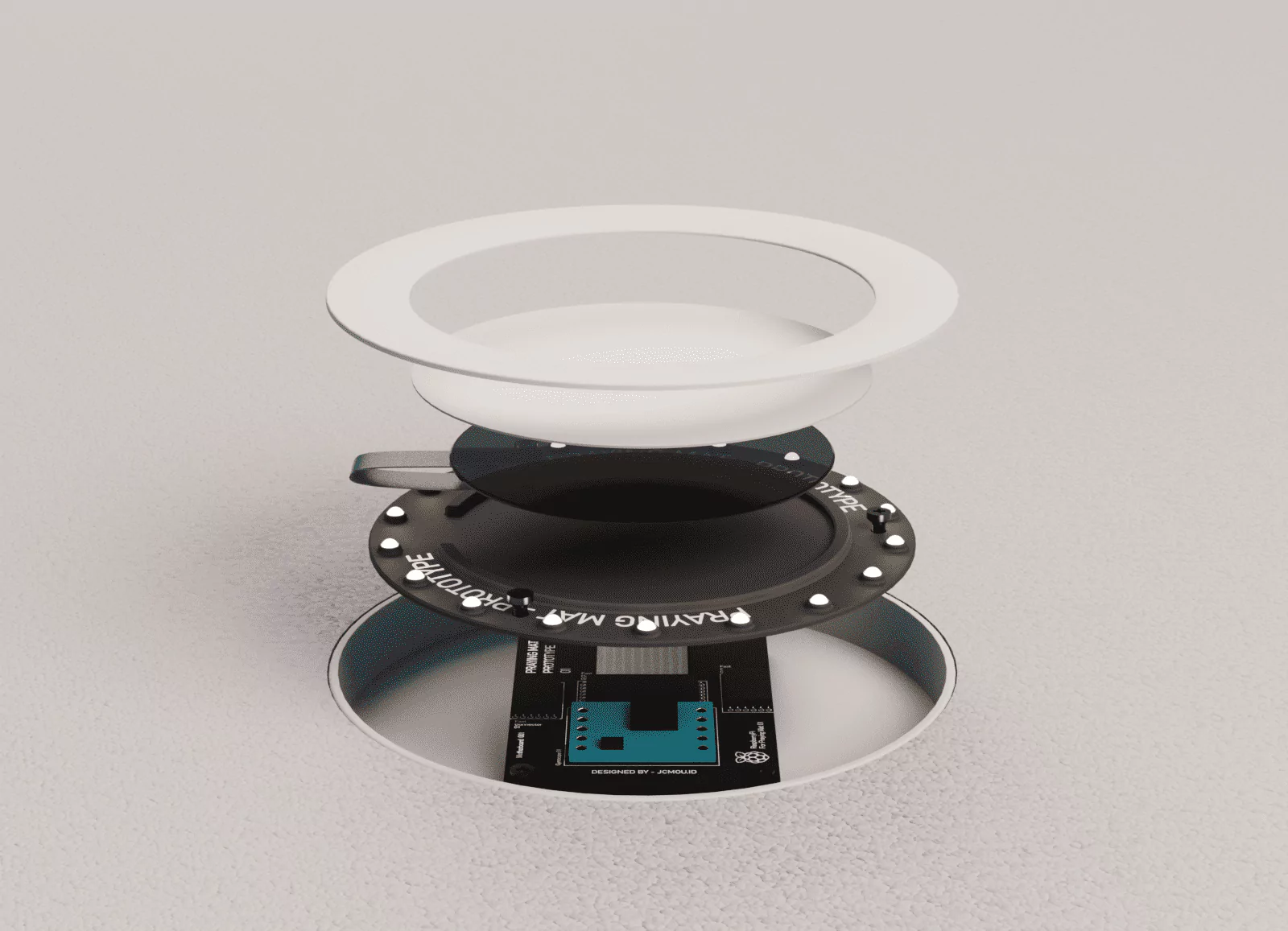
Artificial Intelligence
Integration AI uses motion sensors and visual recognition to accurately track prostration movements. These technologies allow for detecting the exact number of times an individual prostrates during their prayer. Our system, through advanced algorithms, differentiates the specific postures of prayer from other movements, ensuring accurate counting.
Machine learning enables our system to continuously improve. By analyzing thousands of prayer sequences, AI learns to recognize subtle variations in postures and movements, thus adapting its accuracy for each user. This continuous learning capability ensures a personalized and reliable experience.
AI also offers real-time assistance. If the system detects an error or deviation in a user’s usual prayer pattern, it can provide immediate feedback. This feature helps believers maintain consistency and accuracy in their practices.
Additional Sensors
In addition to these primary sensors, we have integrated other technologies to enrich the prayer experience:
- Ambient Light Sensor: This sensor automatically adjusts the screen brightness, ensuring optimal visibility regardless of surrounding light.
- Direction Sensor: With an integrated compass, the rug automatically detects the direction of Mecca, assisting the believer in correctly orienting themselves, an essential practice in Islam.
- Presence Detector: This system enables automatic activation of the screen when the believer prepares for prayer, and its deactivation when not in use, saving energy and extending battery life.
Each sensor has been selected and tested for its reliability, durability, and discretion, ensuring that the rug retains its traditional appearance while offering an enhanced, technologically advanced prayer experience.
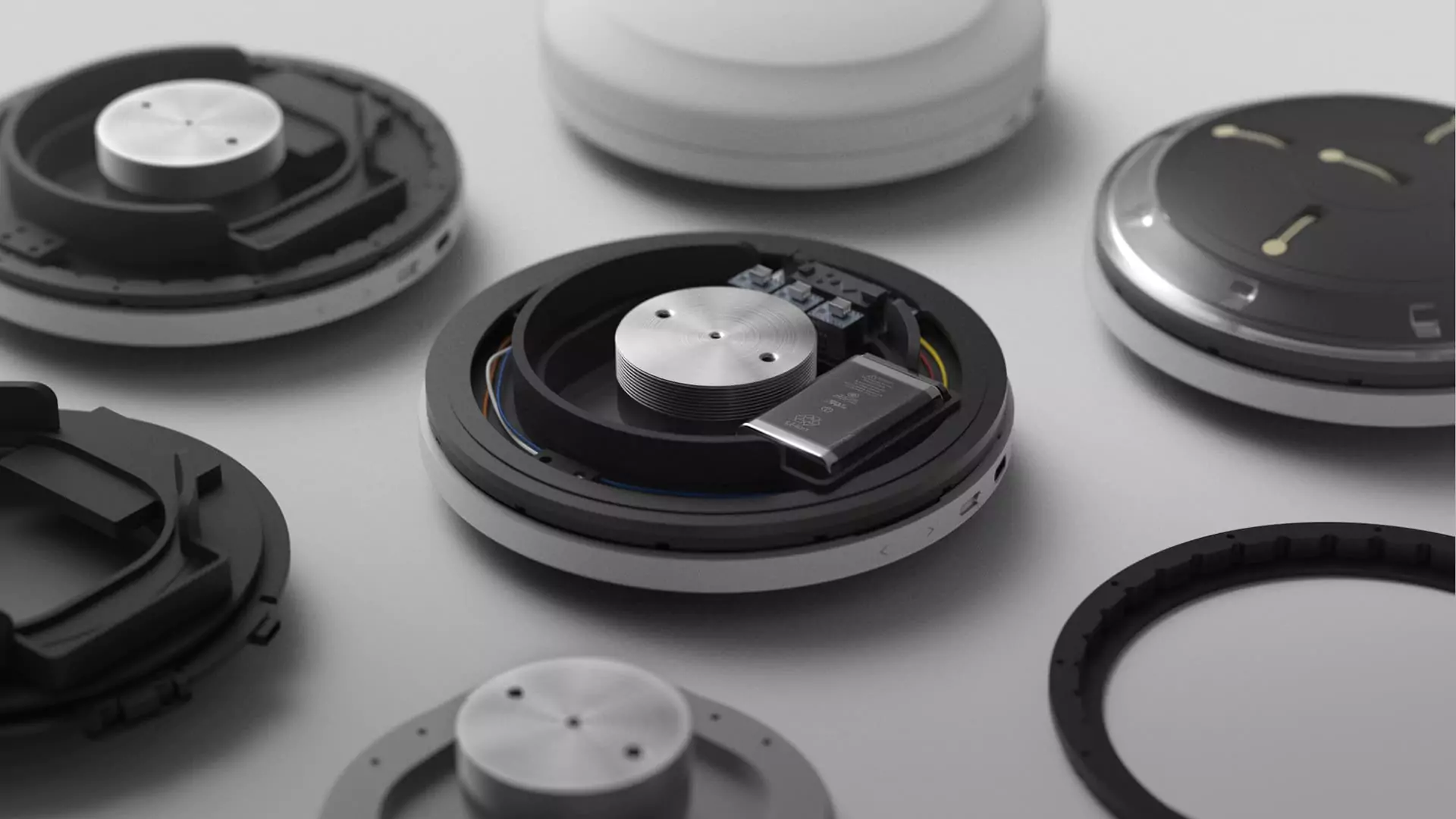
How does the rug's technology ensure accurate counting of prostrations?
The integrated technology in the rug uses advanced pressure sensors and artificial intelligence algorithms to ensure accurate counting of prostrations. The sensors reliably detect the pressure exerted by the body during prayer, while AI analyzes this data to clearly distinguish each prostration. This combination allows the rug to accurately and consistently count each prayer movement.
Can the system differentiate between a complete prostration and a partial movement?
Yes, thanks to the sophistication of the sensors and integrated AI, the rug can differentiate between a complete prostration and a partial movement. AI is trained to recognize different degrees of pressure and the movement patterns associated with a complete prostration, thus avoiding erroneous counts due to partial or accidental movements.
Is the rug capable of counting prostrations for different prayer positions?
Yes, the rug is equipped with specific motion sensors that allow it to count prostrations for users praying in different positions, including seated. These sensors detect subtle variations in movement and pressure characteristic of seated prayer, thus ensuring accurate counting for all users, regardless of their mode of prayer.
How does the rug react to different surfaces or additional rugs placed on top of it?
The rug is designed to function effectively on a variety of surfaces. Its sensors are sensitive enough to detect prostrations even if another rug is placed on top of it. However, for optimal performance, it’s recommended to use the rug on a flat surface and avoid thick overlays that might impair the sensitivity of the sensors.
Is there a limit to the number of prostrations the rug can count in a single prayer?
No, the rug does not have a fixed limit on the number of prostrations it can count in a single prayer. It is designed to handle a wide range of prayer sequences, adapting its counting to accommodate extended or numerous prostrations without compromising accuracy.
